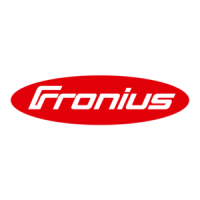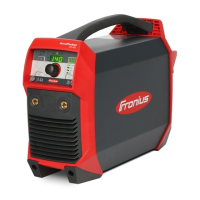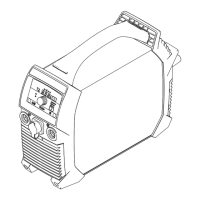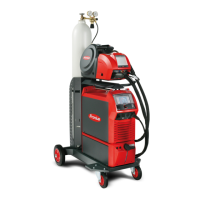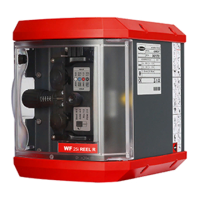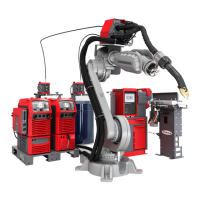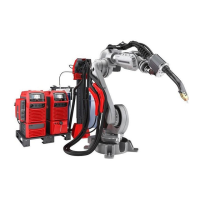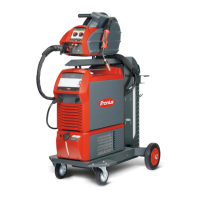EMC device classification as per the rating plate or technical data.
EMC measures In certain cases, even though a device complies with the standard limit values for
emissions, it may affect the application area for which it was designed (e.g. when
there is sensitive equipment at the same location, or if the site where the device
is installed is close to either radio or television receivers).
If this is the case, then the operator is obliged to take appropriate action to recti-
fy the situation.
Check and evaluate the immunity to interference of nearby devices according to
national and international regulations. Examples of equipment that may be sus-
ceptible to interference from the device include:
-
Safety devices
-
Network, signal and data transfer lines
-
IT and telecommunications devices
-
Measuring and calibrating devices
Supporting measures for avoidance of EMC problems:
1.
Mains supply
-
If electromagnetic interference arises despite the correct mains connec-
tion, additional measures are necessary (e.g. use of a suitable line filter)
2.
Welding power-leads
-
must be kept as short as possible
-
must be laid close together (to avoid EMF problems)
-
must be kept well apart from other leads
3.
Equipotential bonding
4.
Earthing of the workpiece
-
If necessary, establish an earth connection using suitable capacitors.
5.
Shield, if necessary
-
Shield other devices nearby
-
Shield the entire welding installation
EMF measures Electromagnetic fields may pose as yet unknown risks to health:
-
Effects on the health of persons in the vicinity, e.g. those with pacemakers
and hearing aids
-
Individuals with pacemakers must seek advice from their doctor before ap-
proaching the device or any welding that is in progress
-
For safety reasons, maintain as large a distance as possible between the
welding power-leads and the head/torso of the welder
-
Do not carry welding power-leads and hosepacks over the shoulders or wind
them around any part of the body
Specific hazards Keep hands, hair, clothing and tools away from moving parts. For example:
-
Fans
-
Cogs
-
Rollers
-
Shafts
-
Wire spools and welding wires
Do not reach into the rotating cogs of the wire drive or into rotating drive com-
ponents.
Covers and side panels must only be opened/removed while maintenance or re-
pair work is being carried out.
11
EN
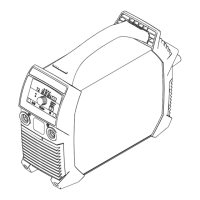
